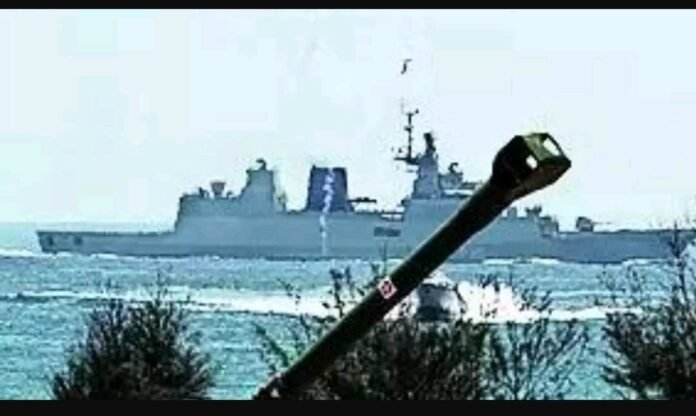In a groundbreaking initiative, the Indian Navy is spearheading the adoption of cutting-edge technology with the introduction of Autonomous Unmanned Vessels, heralding a new era of maritime capabilities. Embracing innovation and pushing the boundaries of traditional naval operations, the Navy’s latest endeavor seeks to leverage the full potential of autonomous systems to enhance efficiency, safety, and strategic prowess on the high seas.
Steaming ahead in the field of unmanned naval technologies, the Indian Navy has embarked on a transformative journey that promises to revolutionize maritime operations. By harnessing the power of advanced artificial intelligence and automation, these unmanned vessels are set to chart a course towards unprecedented levels of performance and adaptability.
The strategic vision behind this ambitious project is to bolster India’s maritime security and maintain a robust presence in the world’s oceans. The implementation of Autonomous Unmanned Vessels aims to optimize naval missions, such as surveillance, reconnaissance, and patrolling, by reducing human involvement and minimizing the risks associated with traditional manned operations.
Leading naval experts laud this visionary move as a game-changer, citing the potential for enhanced situational awareness, rapid response times, and extended operational endurance. These autonomous vessels can operate for prolonged periods, covering vast expanses of ocean without the need for crew rotations, significantly bolstering the Navy’s maritime surveillance capabilities.
In addition to augmenting maritime security, the integration of autonomous technology also promises to streamline logistical and operational complexities. By delegating routine tasks to unmanned vessels, the Navy can redirect its resources towards more intricate and strategic assignments, optimizing manpower and resource allocation.
The development of these unmanned vessels has not been without its challenges. Indian Navy’s research and development teams have invested considerable effort in overcoming obstacles related to navigation, communication, and obstacle detection. However, with each hurdle surmounted, the Navy inches closer to unlocking the full potential of autonomous naval platforms.
Furthermore, the Navy has placed paramount importance on ensuring the cybersecurity of these autonomous vessels. Robust encryption protocols and secure communication channels have been integrated to safeguard against potential cyber threats, ensuring that control remains firmly in the hands of authorized personnel.
Collaborating with leading defense technology firms and academic institutions, the Indian Navy is creating a collaborative ecosystem that fosters innovation and accelerates technological advancements. By nurturing homegrown talent and expertise in the field of autonomous systems, the Navy is also contributing to India’s broader technological growth and self-reliance.
As the program continues to evolve, the Navy anticipates the deployment of autonomous vessels in diverse maritime environments, including littoral zones and high-seas operations. These unmanned platforms will play a crucial role in disaster response and humanitarian assistance, extending the Navy’s reach to remote and challenging regions.

